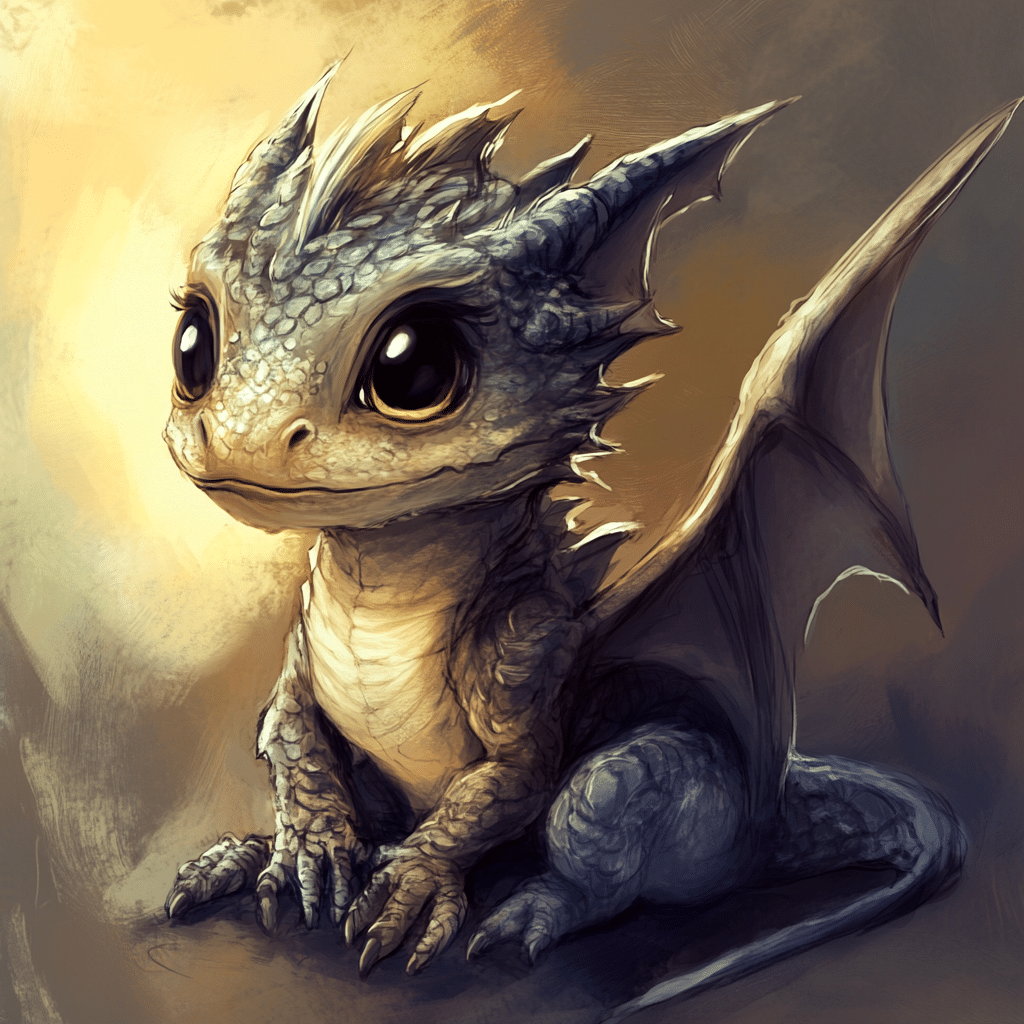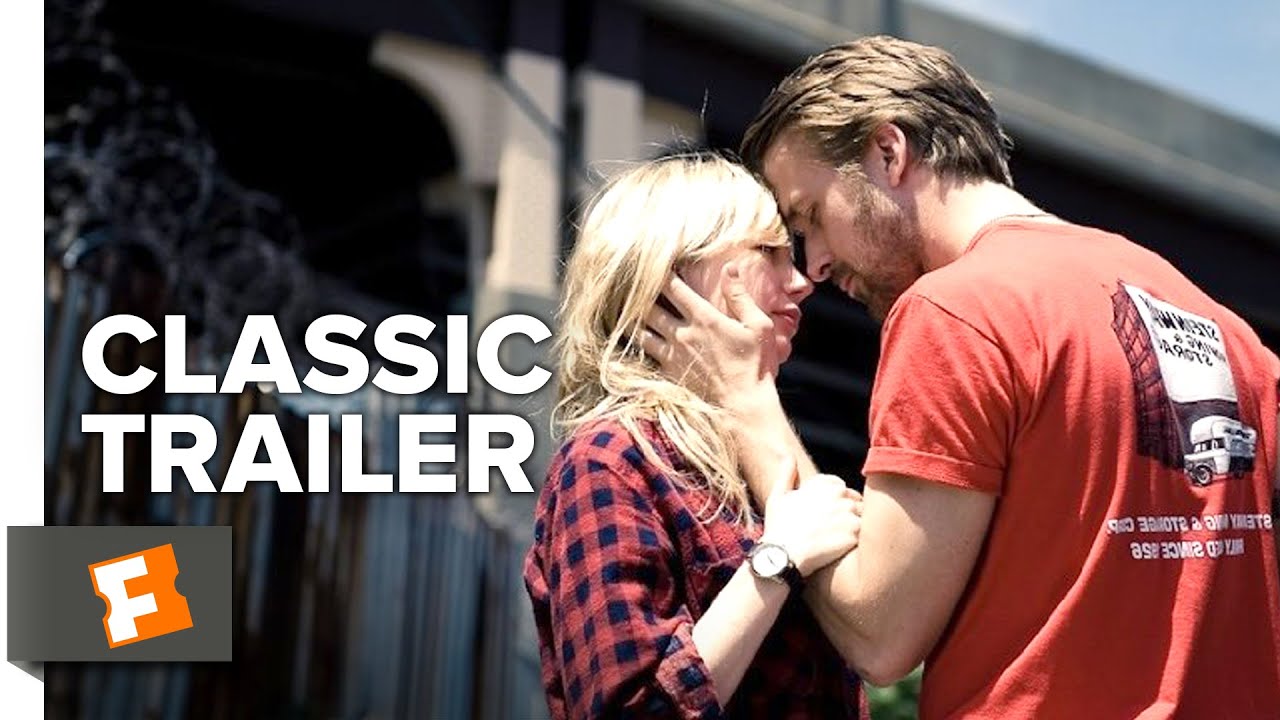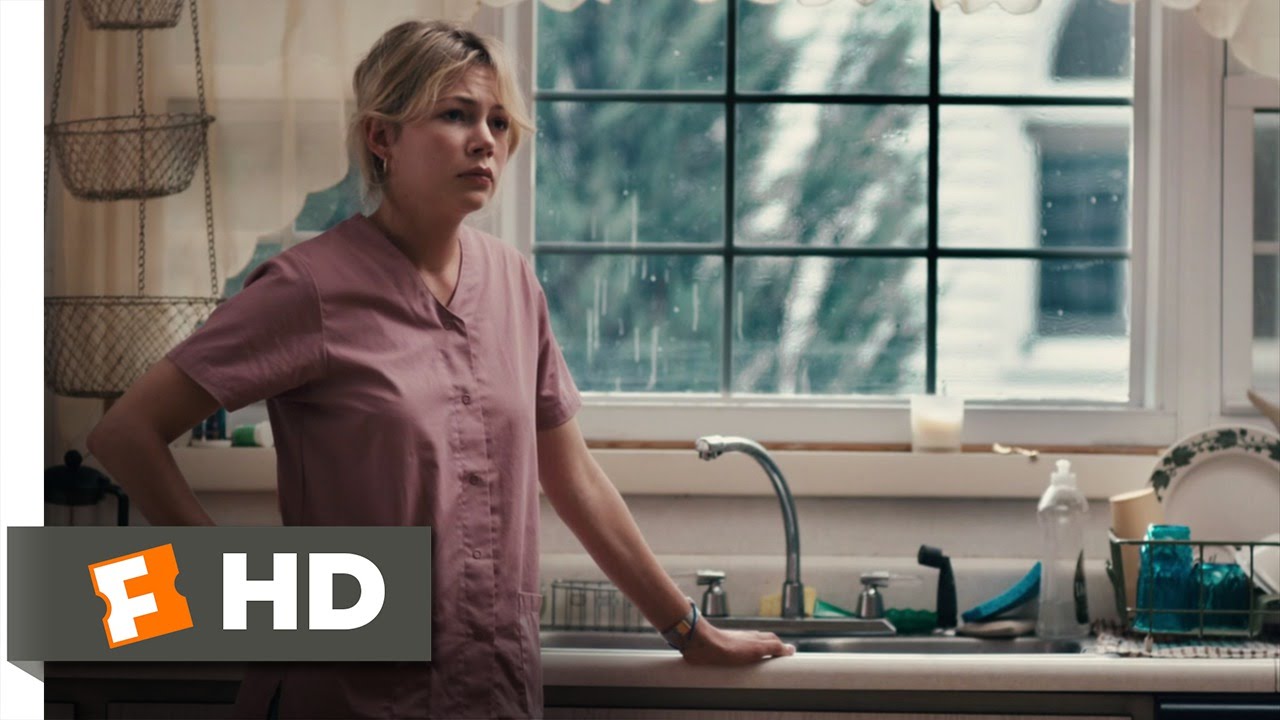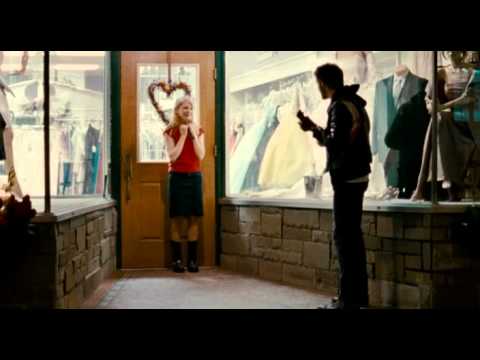The 2010 film Blue Valentine, directed by Derek Cianfrance, remains a powerful exploration of love and heartbreak. It’s celebrated for its unflinching portrayal of a couple’s journey through both passion and despair, capturing every moment that both ignites and extinguishes love’s flame. Ten years after its release, Blue Valentine captivates audiences and draws renewed interest, proving its timeless relevance. In this article, we dive deep into seven significant elements that illustrate how Blue Valentine hits hard with its raw emotional depth, appealing to movie nerds, fanboys, and any passionate film enthusiasts craving genuine storytelling.
7 Elements of Blue Valentine That Evoke Powerful Emotions
Ah, color! You might not think much about it until you watch Blue Valentine, where the visuals aren’t just pretty—they’re profound. The baby blue and aquamarine tones are omnipresent, serving as a visual metaphor for the innocence and initial euphoria of Dean (Ryan Gosling) and Cindy (Michelle Williams). As their relationship crumbles, these colors give way to darker hues, amplifying their emotional unraveling. This thoughtful selection heightens the viewer’s emotional response, ensuring that every glance is laden with meaning.
Dean and Cindy aren’t just characters; they’re relatable, flawed humans embodying the rich complexity of life. Like a tiger lily, they’re beautifully chaotic—stunning to look at but wrapped in thorns. The authenticity of their portrayals pulls us in, making their struggles resonate. Viewers get to see their vulnerabilities alongside their strengths, which makes it all the more painful when love fades into something unrecognizable. This depth allows all of us to reflect on our relationships and perhaps see shadows of our own love stories.
Cianfrance’s choice to use a documentary-style aesthetic adds a layer of realism that feels refreshing, much like catching a glimpse of a blue jay as it flits amongst the trees. The fly-on-the-wall approach doesn’t let you simply watch; it pulls you into their lives. The naturalistic dialogue and spontaneous moments between Gosling and Williams breathe life into their love story, stitching together a narrative that’s immersive and strikingly authentic. It feels like you’re not just witnessing their lives—you’re entwined in their emotional chaos.
The film’s structure—a seamless interplay between the past and present—serves as an amber alert for unresolved feelings. As idyllic memories blend with the harshness of contemporary interactions, we feel the weight of nostalgia juxtaposed against current disillusionment. This structure builds tension, pulling the audience deeper into their world, and emphasizing the heartbreaking obscurity of love that once was. It’s a clever way to showcase the journey through love’s awakening and eventual demise.
The score for Blue Valentine plays a pivotal role, much like a blue moon shimmering through the night sky. Composed by Grateful Dead frontman Jerry Garcia’s daughter, the haunting melodies guide the viewers through the emotional highs and lows. Key scenes magnify the feelings of joy and despair, fusing sound with visual storytelling in a way that lingers long after the credits roll. Music, in this sense, becomes an emotional character of its own, accentuating the poignancy of love lost.
Objects within the film carry significance—take the blue furniture in Dean and Cindy’s home, for example. It symbolizes not just their dreams but also the lingering weight of their failing marriage. Much like blue ivy crawling ever so slowly around their physical and emotional spaces, it represents both hope and the creeping despair dominating their lives. These subtle symbols resonate deeply, reminding viewers of the fragile nature of our aspirations and relationships.
The legacy of Blue Valentine hasn’t faded; instead, it has influenced modern narratives, nudging filmmakers to explore complex relationships fondly. Films like Marriage Story and Her tackle similar themes of love’s bittersweet reality, echoing the notes struck in Blue Valentine. Its critical acclaim and thematic richness weave it into cinematic history—much like Blue Ivy Carter has woven her way into music. The cultural touchstones surrounding this film keep love’s emotional tapestry alive, reminding us that every love story has layers to peel and emotions to dissect.

The Lasting Resonance of Blue Valentine
In the vast landscape of cinema, Blue Valentine stands as a cornerstone for exploring love in all its forms—deeply flawed yet beautifully raw. Blending visual artistry, character depth, and impactful music, it creates an unforgettable narrative that lingers in our minds even a decade later. By dissecting its core elements, we gain insights into human relationships that ripple beyond the screen, reflecting the raw essence of love, loss, and the willingness to dare. This film remains a testament to vulnerability and emotional truth—a reflective mirror inviting audiences to confront their own narratives of love, pain, and redemption.
So, whether you’re revisiting a cult classic or discovering it for the first time, Blue Valentine offers a heartfelt experience that transcends time, compelling us all to think about our own stories of love’s high-flying joys and melancholy lows. Don’t forget to grab your snacks and a box of tissues; you might just need both on this emotional ride!
Blue Valentine: Unique Trivia and Insights
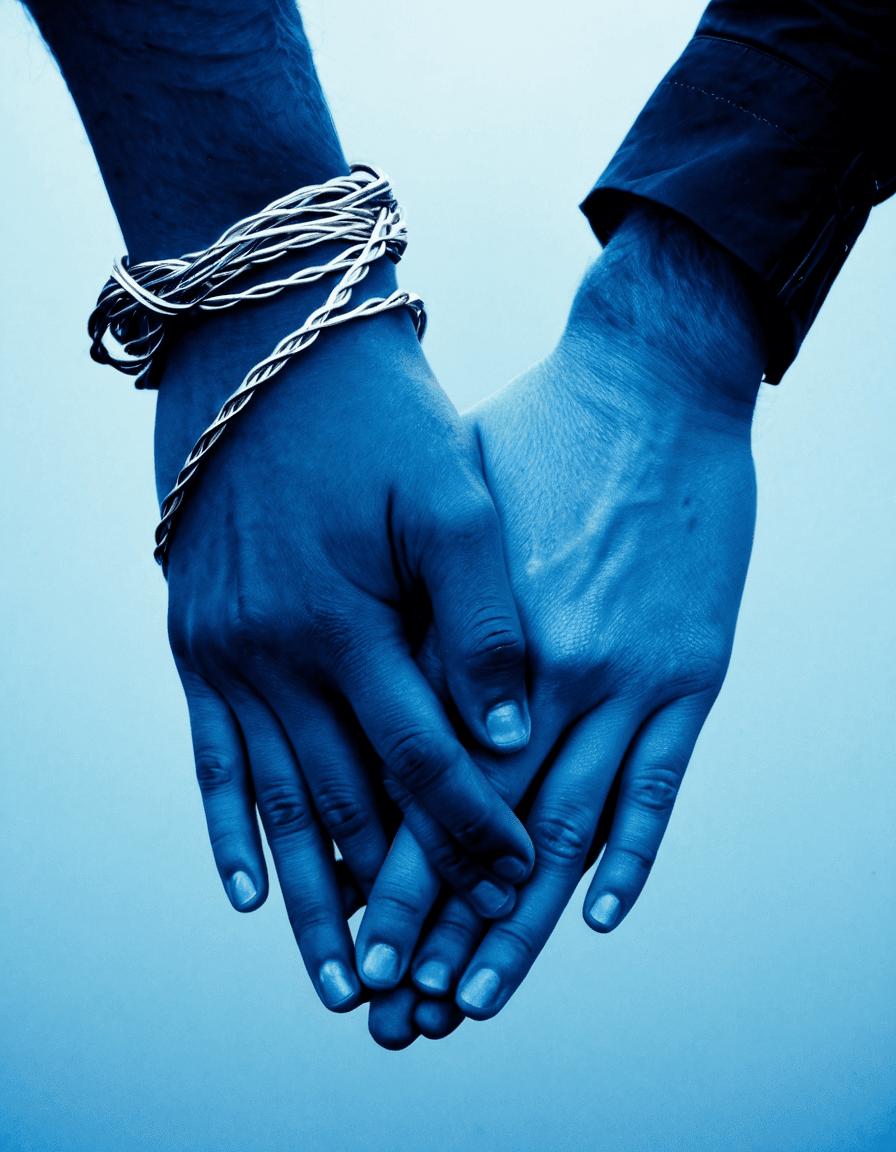
Behind the Scenes
Did you know that the emotional intensity in Blue Valentine often stems from its unconventional production methods? Director Derek Cianfrance worked with stars Ryan Gosling and Michelle Williams to develop their characters deeply before shooting. This commitment to authenticity mirrors the heartfelt approach seen in films like Moonrise kingdom, where character development takes center stage. The rawness of their performances is a testament to this immersive preparation, making their emotional exchanges all the more powerful.
Creative Choices
Meanwhile, the film’s distinct visual style packs a punch, often switching between past and present to highlight the contrasts in the couple’s relationship. This technique aligns with how other filmmakers, including those behind Amazing Grace, utilize time to evoke different emotional responses. In Blue Valentine, the gritty aesthetics contrast sharply with the idyllic moments of early romance, emphasizing how relationships evolve over time. Fun fact: Ryan Gosling’s character isn’t just an everyman; he embodies the artsy vibe of the era, reminiscent of trends like bleached Eyebrows that symbolize rebellion and change.
Trivia Galore
Ever noticed how intimate the setting feels throughout Blue Valentine? That’s because much of it was filmed in real locations, a choice that gives the story a grounded reality. This choice is similar to the raw feel of documentaries and indie flicks, steering clear of excessive set design—an approach also taken by filmmakers like Chris Perez in his works. One more tidbit: the movie sparked a lot of buzz about real relationships and their highs and lows. Think of how audiences connected with stories of athletes like Julio Jones or artists pushing their boundaries, all while navigating the ups and downs in their lives. Blue Valentine invites us to reflect on our own emotional journeys while appreciating the shared experiences that draw us together.
So, next time you’re diving into Blue Valentine, remember these fascinating nuggets of trivia enhancing your viewing experience!
